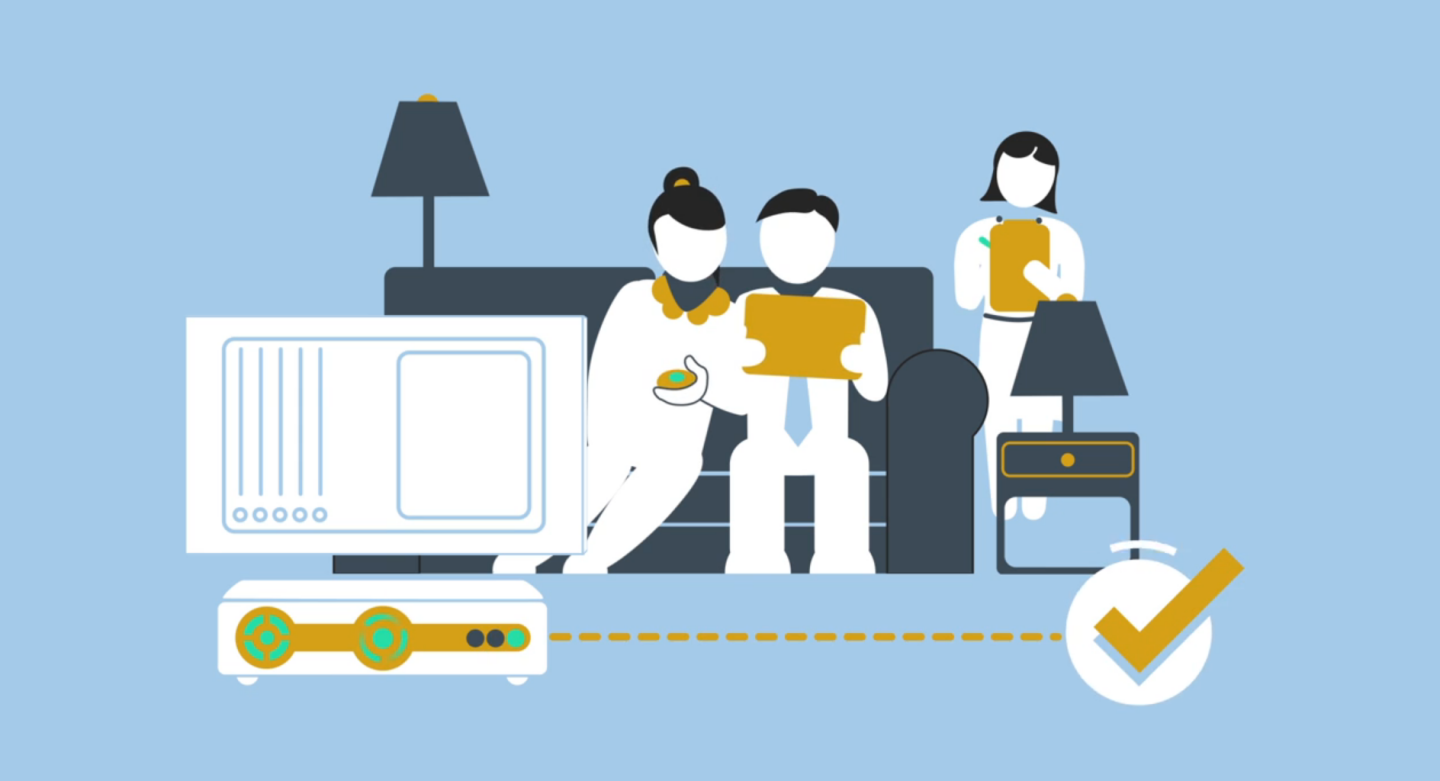For brands
Audience Measurement Part 2: A Media Line Up
The significance of audience measurement
The importance of understanding a medium’s audience was perhaps best articulated by Scott McDonald, President & CEO of the Advertising Research Foundation who emphasised that accurate audience measurement is the cornerstone of the value of advertising as a whole.From the media perspective, if you can't measure it, you can't sell it. And from the advertiser's perspective, if you can't measure it, you don't know what you bought.Scott McDonald President & CEO Advertising Research Foundation
Digital media: the veil remains
Audience measurement has been a hot topic in the digital world for publishers, regulators and brands alike. Concerns have been voiced about the lack of transparency and accountability surrounding digital ad measurement. And there is an ongoing debate over ad fraud and the impact of the ‘digital duopoly’ of Google and Facebook, most notably by P&G head Marc Pritchard during his seminal keynote address to the US IAB, and more recently by Unilever’s CMO Keith Weed.The media industry is yet to reach a global consensus on digital viewability standards and some have begun to take action. GroupM are leading the way in setting new rigorous criteria for desktop and mobile ads, supported by global brands such as Unilever, Shell and Volvo. However, we are not yet close to a recognised JIC.Despite some advancements, digital audience measurement still centres around the ‘opportunity to see’ (OTS) an ad, and there is no requirement yet to adjust for ‘likelihood to see’. Research from Lumen on digital advertising viewability and attention showed that of all the ad impressions recorded in their study, only 66% were viewable and among these, only 18% were noticed. The data means that 82% [of digital ads tested] were completely missed, not recording a single moment when the user’s eyes were fixated on them. Overall that means 12% of all impressions are actually seen. In the case of display advertising for example, measurement can be dependent on either the server or the user. However, this still reflects a viewable delivered impression rather than one that is definitively viewed.
Traditional media: panel centricity
When it comes to tradition media, namely Press, Direct Mail, TV, Radio, OOH, audience measurement systems still largely centre on data gathered from audience panels. However, while panels are still the core element for print and radio measurement systems, TV today includes additional data sets, which increase measurement accuracy. For example in the UK, the independent TV audience measurement body, BARB, is combining detailed panel data with device-based data that helps understand who has the opportunity to see the ad across different devices.There is an overall recognition across all traditional media that JICs are crucial in demonstrating accurate measurement of campaign delivery that garner trust for media investment. The recent launch of Joint Industry Committee for Mail (JICMail) designed to encourage best practices and provide measurement around mail reach, readership and frequency is a good example.

Out-of-Home: radical data-led accuracy
With the application of Visibility Adjusted Contact (VAC) algorithms, Out-of-Home remains in the unique position of trading in viewed impressions, rather than viewable impressions. A multi-layered approach to building an OOH measurement system delivers a radical audience analysis led by big-data. Integrated blocks within advanced OOH systems consist of:- GPS-based travel survey data (including demographics, lifestyle, behaviour) to understand who is going where, when and how
- Traffic flows including vehicular and pedestrian data from various official sources
- Classification and mapping of every panel based on size, illumination, eccentricity (distance from the road), angle and lighting
- Finally, adjusting for likelihood to view using algorithms based on extensive eye-tracking and psychological research

Audience measurement across all media has never been as sophisticated and as necessary as it is today, but it has also never been as challenging. The Out-of-Home industry’s commitment to delivering viewed impressions ensures it remains at the forefront of viewability and measurement standards across the globe, as it has done for over 20 years.
With growing expectations for transparency and deliverability with the media industry, measurement systems are being pushed to innovate like never before.
Stay tuned for our third instalment where we will explore reaching the potential of audience measurement systems within the fast-changing media landscape.



